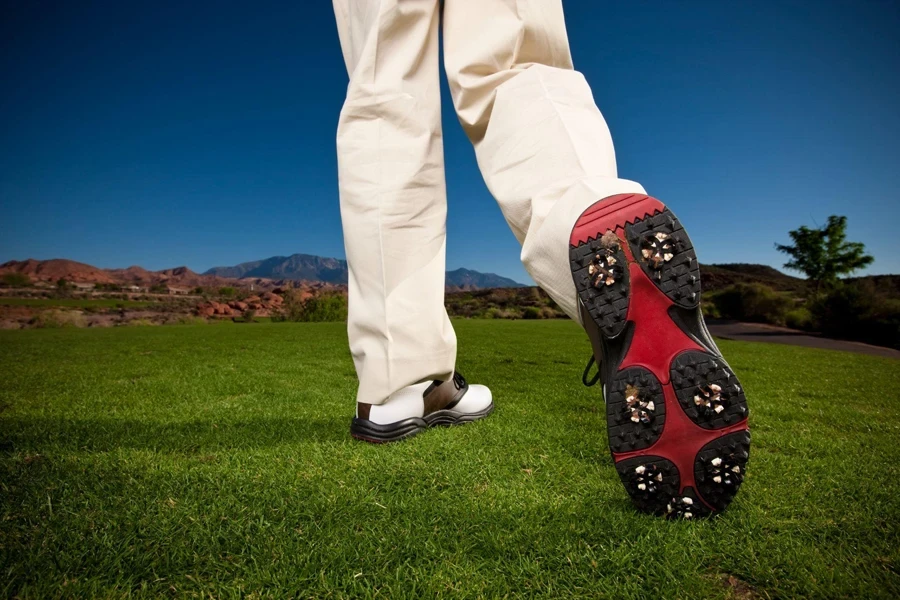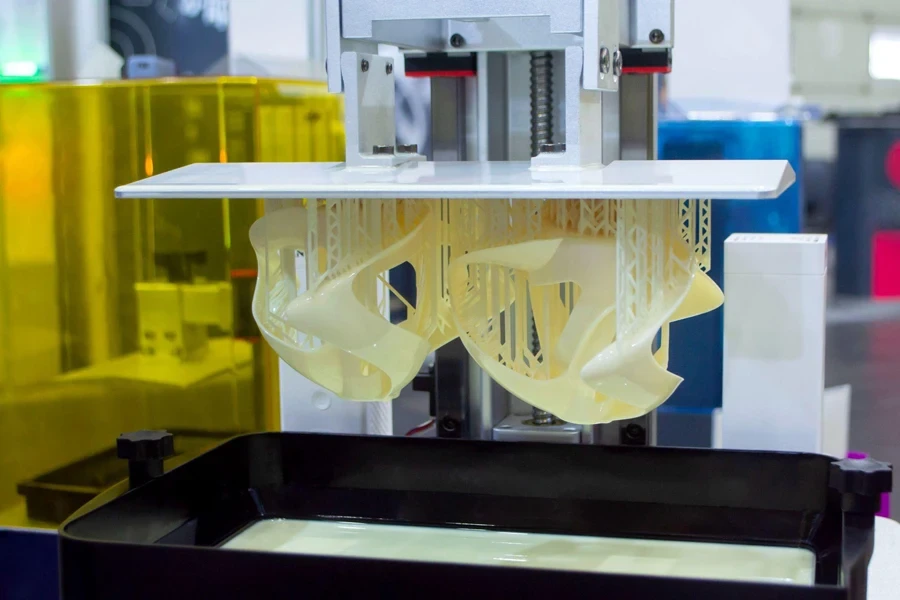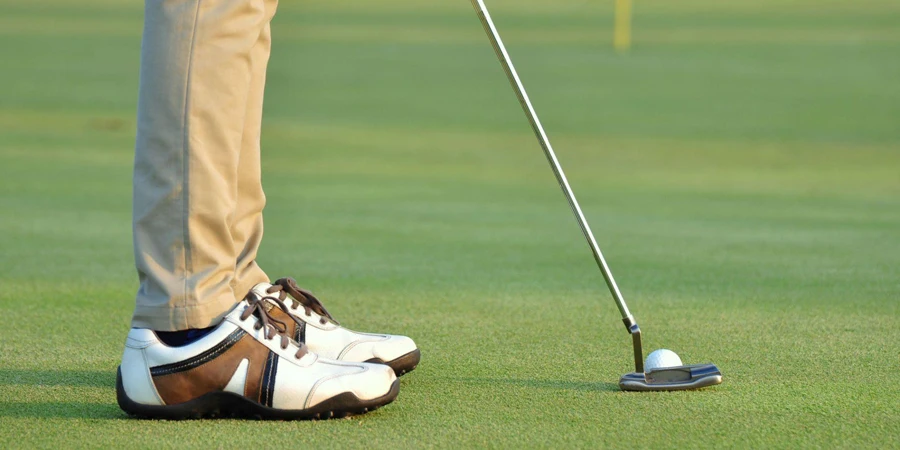Table of Contents
– Introduction
– Market Overview
– The Influence of Technology on Golf Shoes
– Style and Aesthetics
– Performance Enhancements
– Sustainability in Golf Shoes
– Conclusion
Introduction
Golf shoes have come a long way step by step from their humble beginnings as simple leather oxfords with metal spikes. As we look ahead to 2025, the golf footwear industry is experiencing a revolutionary transformation, blending cutting-edge technology, sustainable practices, and fashion-forward designs. This article explores the latest trends shaping the future of golf shoes, offering valuable insights for retailers and manufacturers in the fast-moving consumer goods sector.
The journey of golf shoes from traditional leather designs to today’s high-tech marvels reflects the sport’s evolution. Early traditional golf shoes focused primarily on providing traction, often at the expense of comfort and style. Today’s golf shoes, however, are engineered to enhance performance, comfort, and aesthetics simultaneously.
Market Overview
The golf shoes market is experiencing robust growth, driven by increasing participation in golf and technological advancements in footwear design. As of 2023, the global golf shoes market was valued at approximately US$8.96 billion, with projections indicating substantial expansion in the coming years.
Industry analysts forecast the market to reach US$13.33 billion by 2032, representing a compound annual growth rate (CAGR) of 4.4% from 2022 to 2032. However, more optimistic projections suggest the market could hit US$14.3 billion by 2034, with a CAGR of 5% from 2024 to 2034. This growth trajectory underscores the sector’s resilience and potential for sustained expansion.
In terms of regional market share, Europe led the global golf footwear market in 2022 with a 30.14% share, closely followed by North America at 28.91%. These two regions are expected to continue dominating the market, collectively accounting for over 60% of the global market share by 2032. This concentration reflects the strong golfing culture and infrastructure in these regions.
The market is segmented by product type, with spiked or cleated golf shoes holding a significant share. In 2022, this segment accounted for 33.1% of total golf shoe sales and is projected to maintain a 34% market share by 2032. This preference for spiked shoes among professional and serious amateur golfers highlights the importance of traction and stability in golf footwear.
Gender-wise, the male segment dominated the golf footwear market in 2022, generating approximately US$3.43 billion in revenue and capturing a 40% market share. However, the women’s and children’s segments are expected to grow at faster rates of 5% and 6.3% CAGR respectively, indicating a shift towards a more diverse customer base.

The Influence of Technology on Golf Shoes
Smart Features
The integration of smart technology into golf shoes is revolutionizing how players approach the game. According to Golf.com, shoes equipped with GPS tracking and swing analysis capabilities are gaining popularity. These smart features allow professional golfers to track their movements, analyze their swing, and even receive real-time coaching tips through connected apps. High-end models now incorporate pressure-sensitive insoles that measure weight distribution and balance throughout the swing, providing valuable data for performance optimization. Some manufacturers have introduced shoes with customizable stiffness in key areas, allowing players to fine-tune their footwear for different course conditions or playing styles.
Advanced Materials
The use of innovative materials is transforming golf shoe design. Eco-friendly options are becoming increasingly prevalent, with brands like Adidas leading the charge. Their CODECHAOS golf shoe line, for instance, incorporates recycled ocean plastic, demonstrating a commitment to sustainability without compromising performance. High-performance synthetic microfibers now rival traditional leather in durability and water resistance, while offering superior breathability and reduced weight. Cutting-edge polymer blends in outsoles provide enhanced traction and flexibility, adapting to various terrains for consistent performance across diverse course conditions. Some manufacturers have introduced graphene-infused rubber compounds, significantly improving wear resistance and potentially extending the product lifecycle, thus offering a better return on investment.
Customization and 3D Printing
Personalization is a growing trend in golf footwear. 3D printing technology is enabling manufacturers to create custom-fit shoes tailored to individual foot shapes and playing styles in the world. This not only enhances comfort but also optimizes performance by providing a perfect fit for each golfer. For instance, company like Adidas has introduced the MC87 4D golf shoe featuring a 3D-printed midsole using Carbon’s Digital Light Synthesis process. This innovative approach allows for precise control over energy return and pressure absorption, potentially reducing fatigue and improving on-course productivity. The technology also enables rapid prototyping and production flexibility, which can significantly reduce time-to-market for new designs. Furthermore, 3D printing facilitates the creation of complex lattice structures that were previously impossible with traditional manufacturing methods, offering opportunities for weight reduction and enhanced breathability without compromising structural integrity.

Style and Aesthetics
Modern Designs
Best Golf shoes are no longer just about function; they’re making bold fashion statements. Minimalist designs with clean lines and sleek profiles are gaining traction, appealing to younger players and fashion-conscious golfers. Brands like Nike and Puma are pushing boundaries with bold colors and patterns, challenging traditional golf aesthetics. The trend towards crossover styles that seamlessly transition from course to clubhouse is particularly noteworthy for business professionals seeking versatility. High-end manufacturers are incorporating premium materials such as full-grain leather and advanced synthetics, elevating the perceived value and durability of their offerings. Some brands are collaborating with renowned designers to create limited-edition collections, positioning pairs of golf shoes as luxury accessories. The integration of subtle branding and sophisticated color palettes allows these shoes to double as stylish casual wear, potentially increasing their utility for executives who value efficiency in their wardrobe choices.
Gender-Neutral Options
The trend towards inclusivity is reflected in the growing popularity of gender-neutral golf shoe designs. Brands are moving away from the traditional “shrink it and pink it” approach to women’s golf shoes, instead offering unisex models that cater to all players regardless of gender. This shift not only promotes diversity but also streamlines inventory management for retailers. Leading manufacturers are now developing lasts and sizing systems that accommodate a wider range of feet shapes and sizes, potentially increasing market reach. The adoption of gender-neutral colorways and design elements allows for more efficient production runs and simplified marketing strategies. Some brands are introducing modular components, such as interchangeable insoles and adjustable support systems, to create truly adaptable footwear that can be fine-tuned to individual preferences regardless of gender. This approach not only enhances user satisfaction but also offers potential cost savings in product development and distribution.

Brand Collaborations
High-end fashion labels are entering the golf shoe market, bringing their unique design sensibilities. Collaborations between sportswear giants and luxury brands are creating buzz and driving innovation. For example, the Adidas x Palace Golf collection combines streetwear aesthetics with golf functionality, appealing to a broader audience during the golf season.
Performance Enhancements
Innovative sole designs are at the forefront of golf shoe technology. Spikeless golf shoes with advanced traction patterns are becoming increasingly popular, offering versatility for on and off-course wear. Adaptable cleat systems that adjust to different terrains and weather conditions are also gaining traction.
Ergonomic insole technologies and enhanced cushioning systems are revolutionizing comfort in casual golf shoes. Companies are incorporating materials like BOOST foam (Adidas) and React cushioning (Nike) to provide responsive, all-day comfort. Additionally, climate-specific innovations such as Gore-Tex waterproofing and breathable mesh uppers are addressing the diverse needs of golfers in various environments.
Sustainability in Golf Shoes
The golf industry is embracing sustainability, with many brands incorporating recycled and biodegradable materials into their shoe designs. According to a report by Allied Market Research, the global eco-friendly footwear market is expected to reach $35.5 billion by 2027, growing at a CAGR of 5.0% from 2020 to 2027. This trend is reflected in golf shoes, with brands like Ecco and FootJoy leading the charge in sustainable golf footwear.
Beyond materials, sustainable manufacturing practices are becoming a key focus for golf shoe brands. Low-impact production techniques and ethical labor standards are not only reducing the environmental footprint of golf shoes but also appealing to conscientious consumers.
Conclusion
The future of golf shoes is bright, with technology, style, and sustainability converging to create products that enhance performance, comfort, and environmental responsibility. As we look ahead to 2025 and beyond, we can expect to see further innovations in smart technology integration, personalized fitting through AI and 3D printing, and even more sustainable materials and manufacturing processes.
For retailers and manufacturers in the golf footwear sector, staying ahead of these trends will be crucial. Investing in eco-friendly materials, embracing smart technology, and offering customizable options will be key to meeting the evolving demands of golf enthusiasts. As the lines between performance, fashion, and sustainability continue to blur, the most successful brands will be those that can seamlessly integrate all these elements into their product offerings.
When choosing a pair of high-performance golf shoes, business buyers should consider their individual needs, playing style, and the conditions they typically encounter on the course. Balancing style with functionality is important, but with the latest innovations, golfers no longer have to compromise on either. The future of golf footwear is here, and it’s smarter, more stylish, and more sustainable than ever before.




